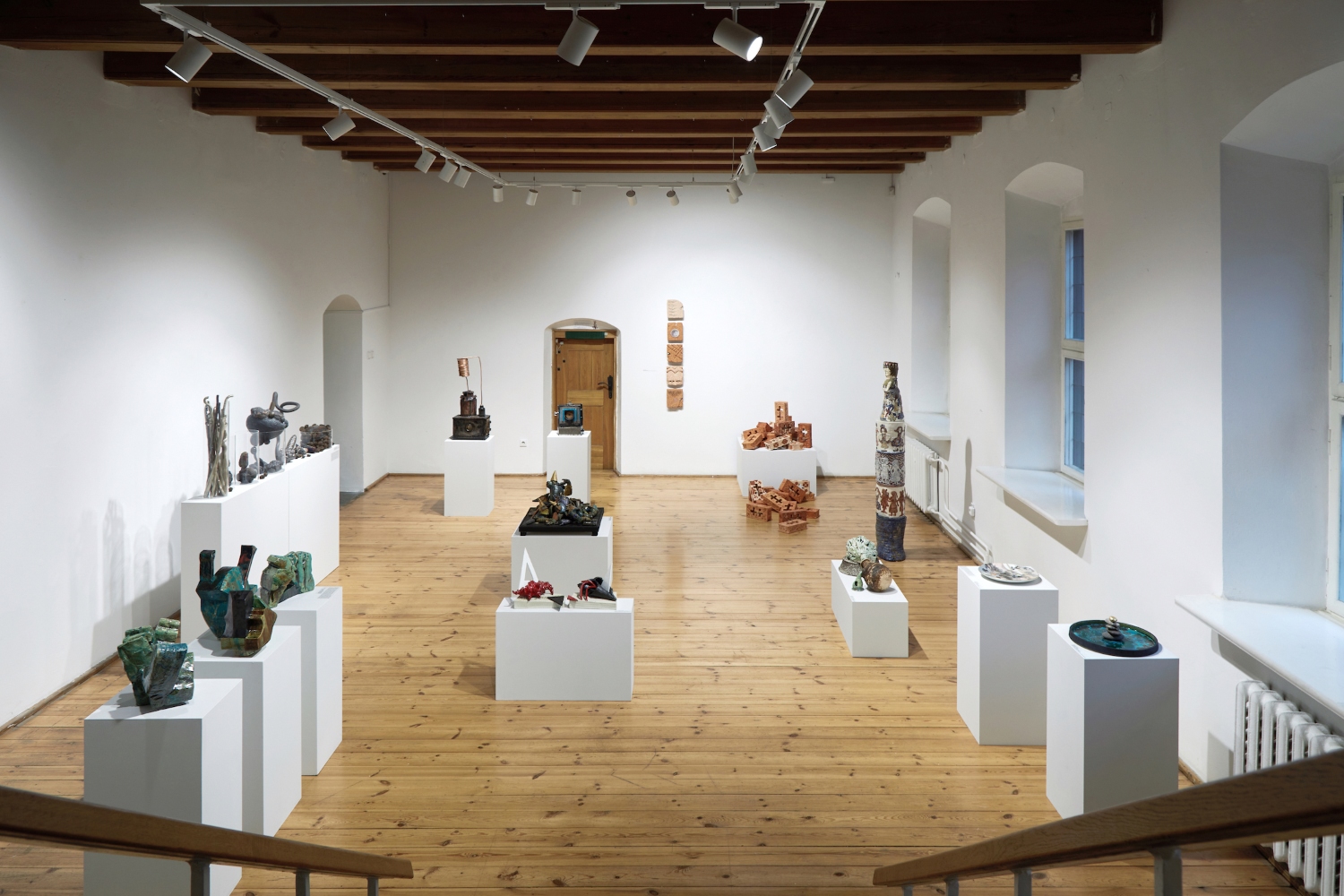By Kamilė Pirštelytė
No matter what you read and where you travel, what cultures, arts and mythologies you are interested in, stone and ceramics are at the source of all rivers. Like stone but easier to shape, ceramics are created from earth, water, air, and fire, yet none of these elements can completely destroy it. It has been hidden under deep cultural layers for millennia, and when discovered by new generations, it can illustrate to us the history of civilization’s beginning and development.
Ceramics is liberal and cosmopolitan. Its materiality and applicability are similar in all continents of the world, in the household and rituals of early civilizations. But the origins of ceramics – just like an early script – that lie in the allegorical language of form and function remain. Where the visual language of humans cannot be used, their inner or spiritual world is conveyed through figures of nature’s creation, ornaments, precious metals and stones.
Inseparable from the knowledge of chemistry, materials, glazes, and air and fire reactions, ceramists are increasingly compared with alchemists in art discourse. Both are fighting against the limitations of beauty, thought and time, trying to transcend the immovable formulas defined by the Earth of the Creator.
This year, the 7th Vilnius Biennial of Ceramic Art (Al)chemy focused on this field’s physical, chemical and metaphysical side. It seems that this topic should bore the ceramists, but just like love or hate, life and death, it is universal and complex, and due to its mysteriousness, never fully understood.
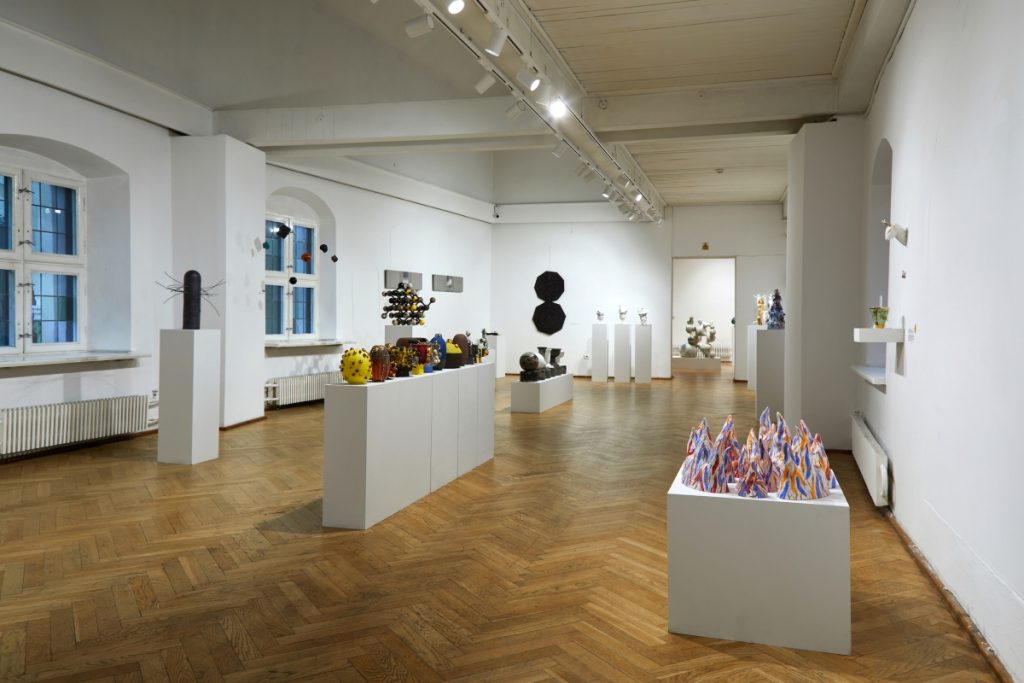
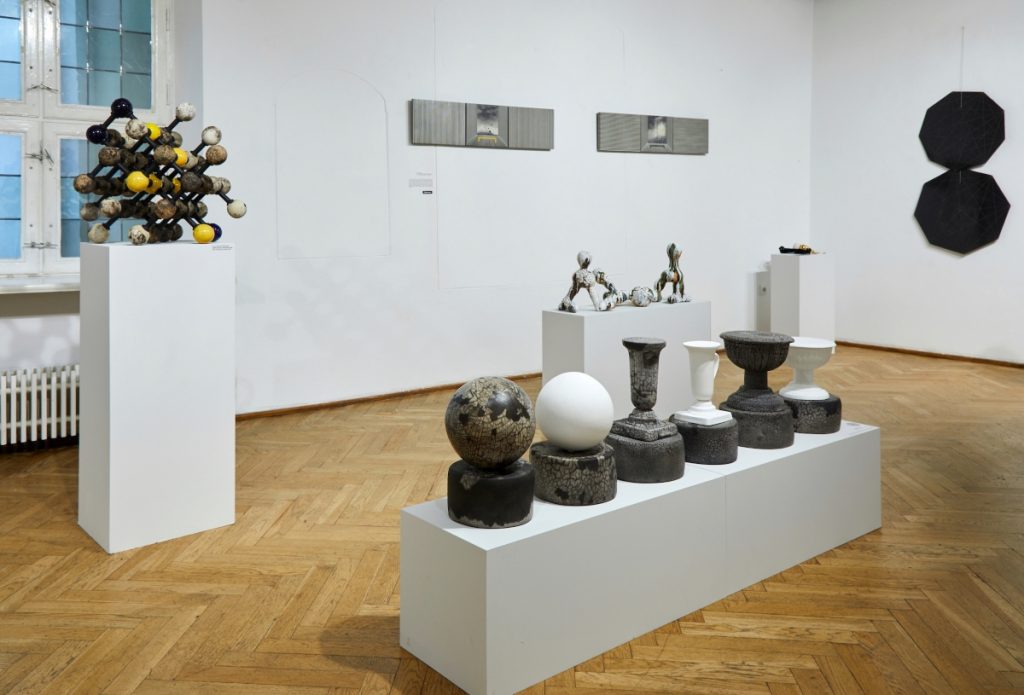
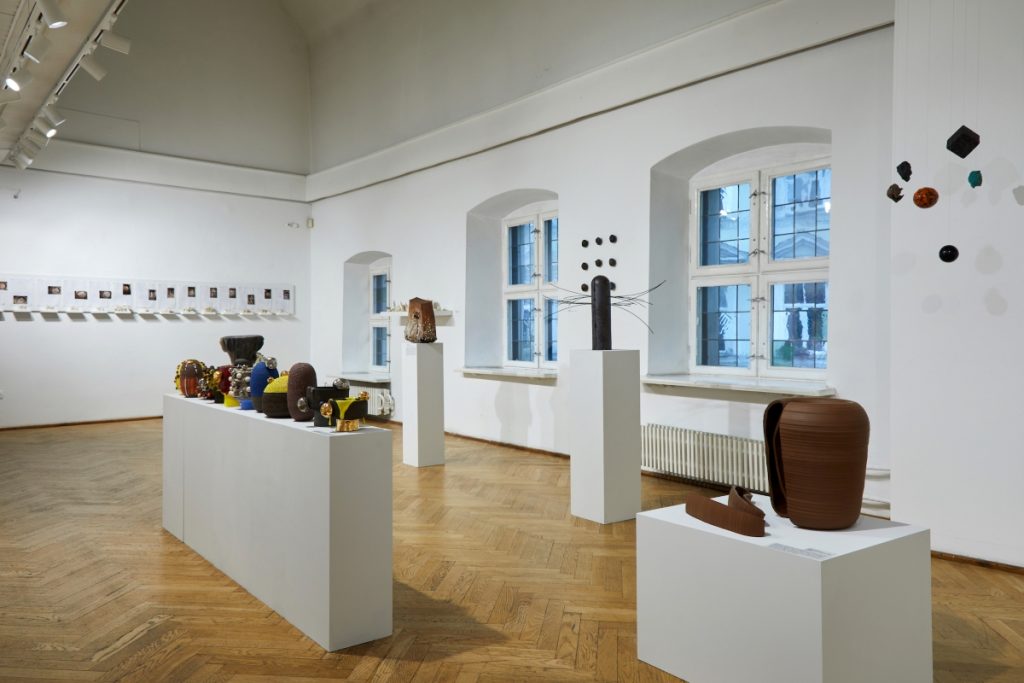
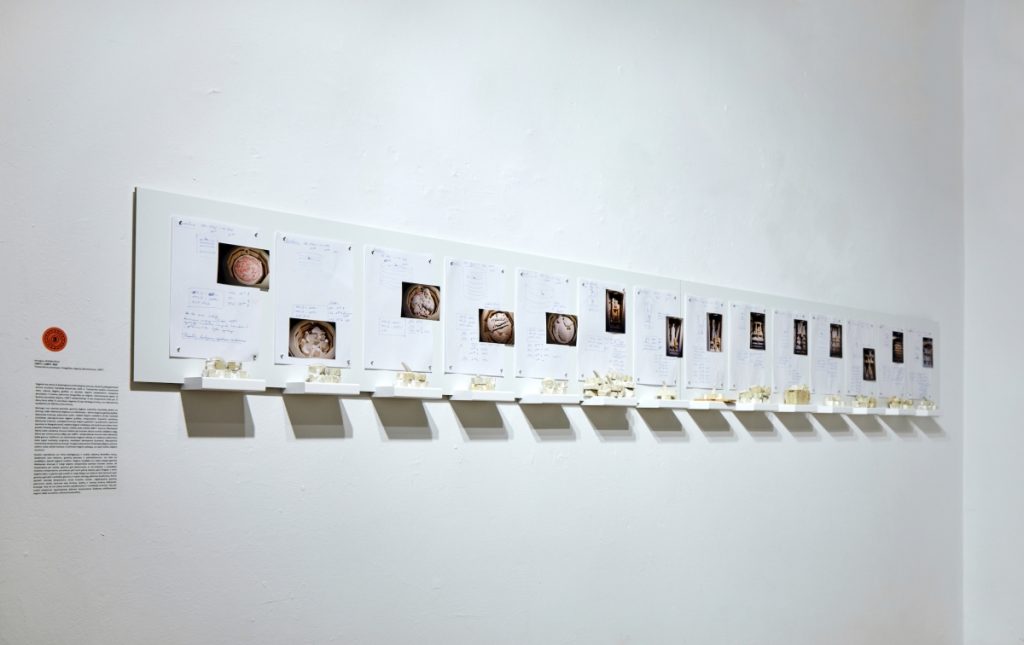
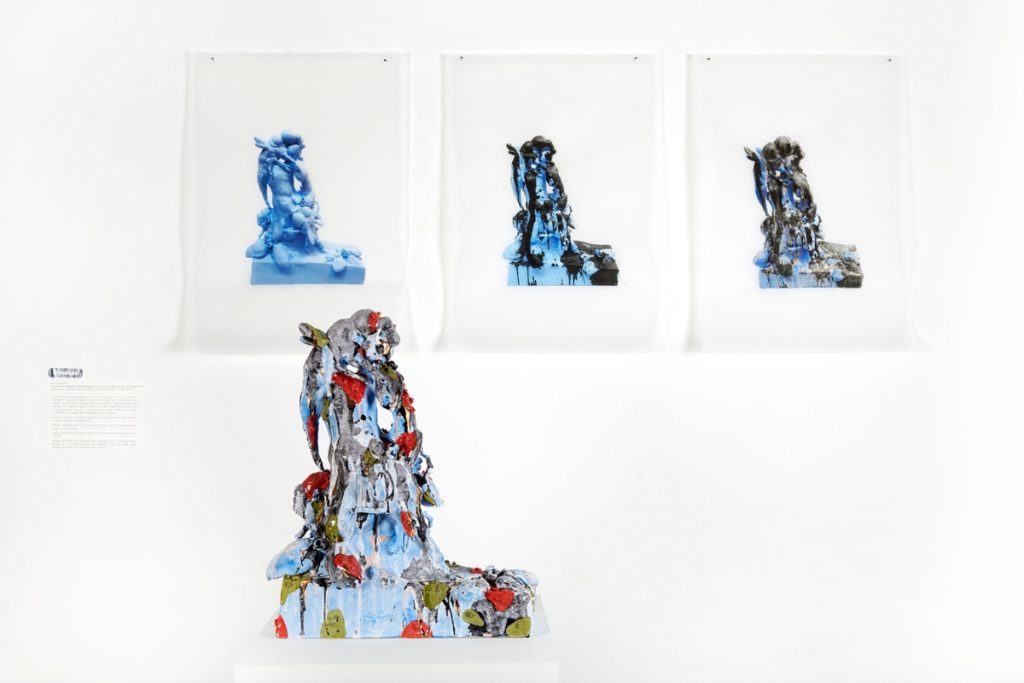
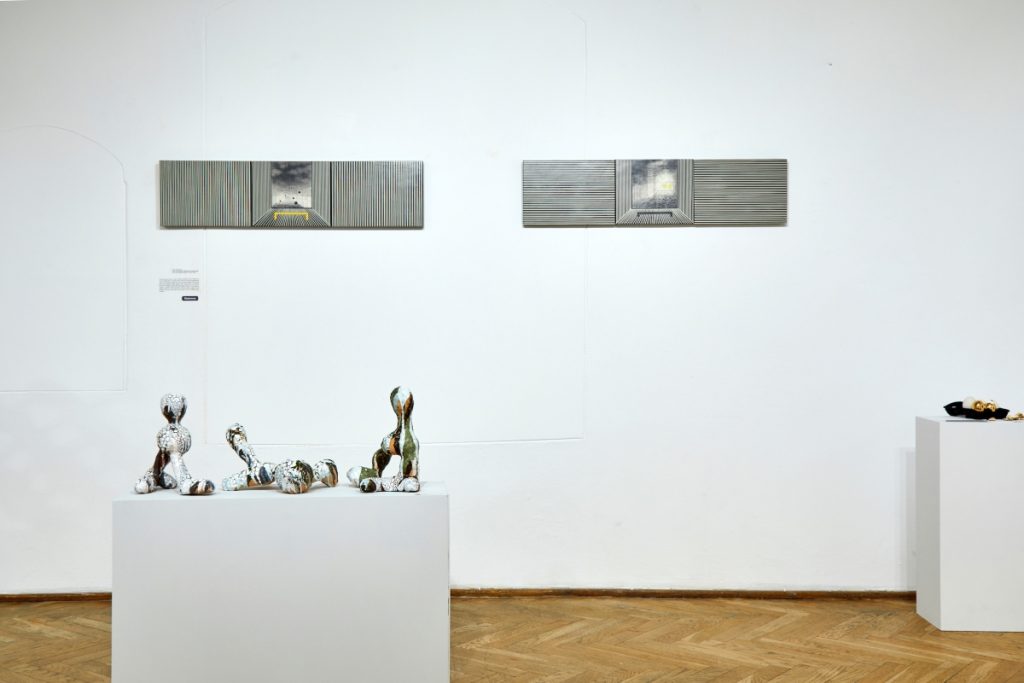
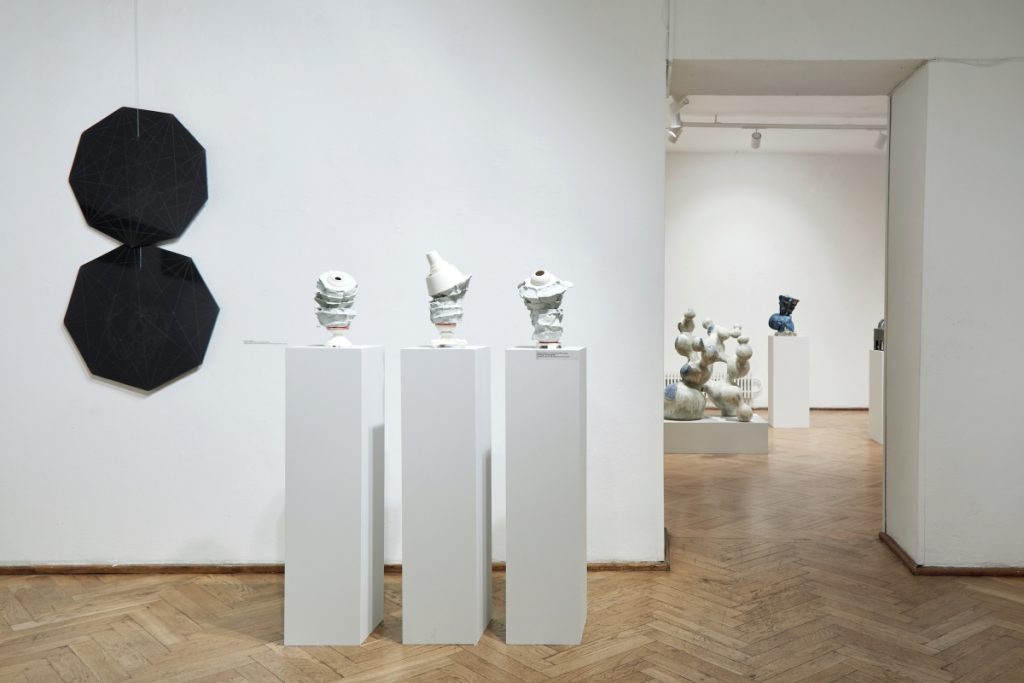
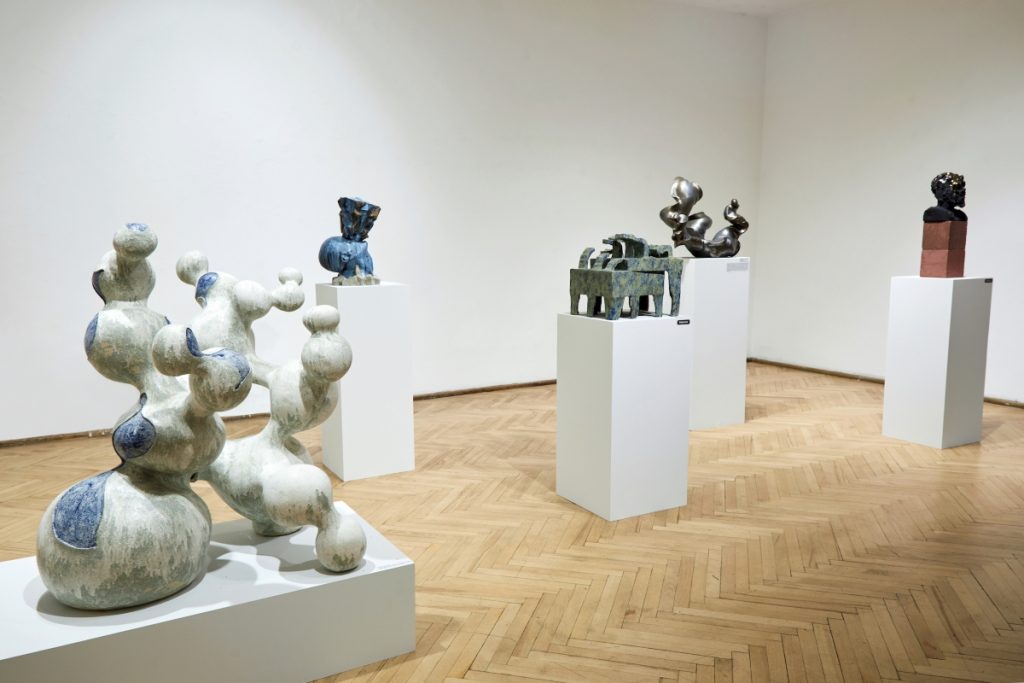
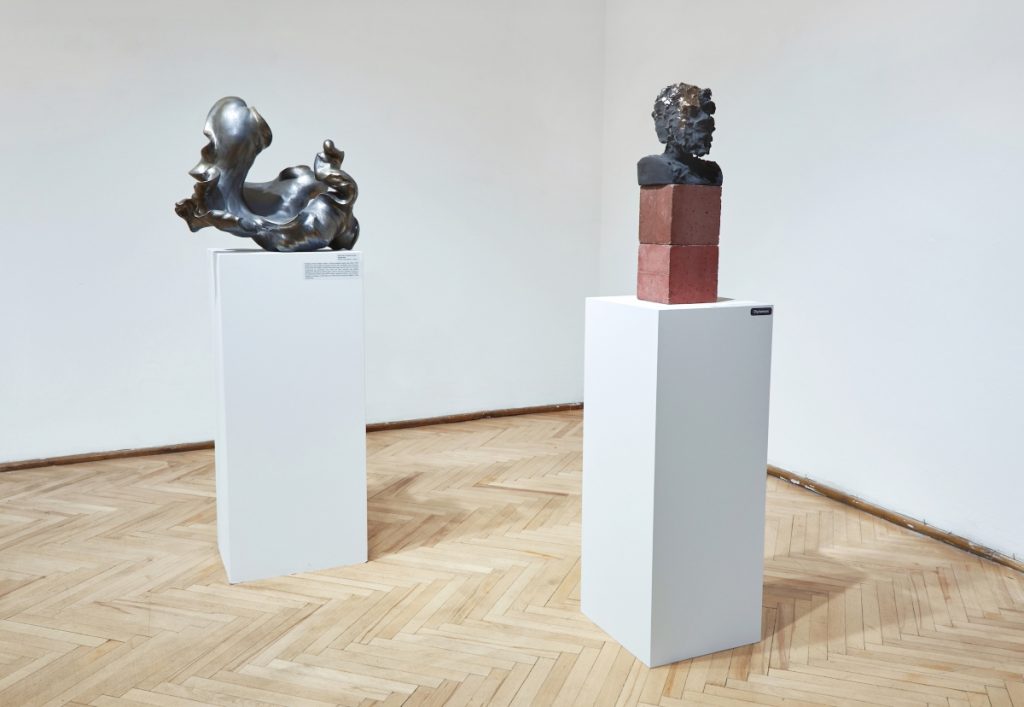
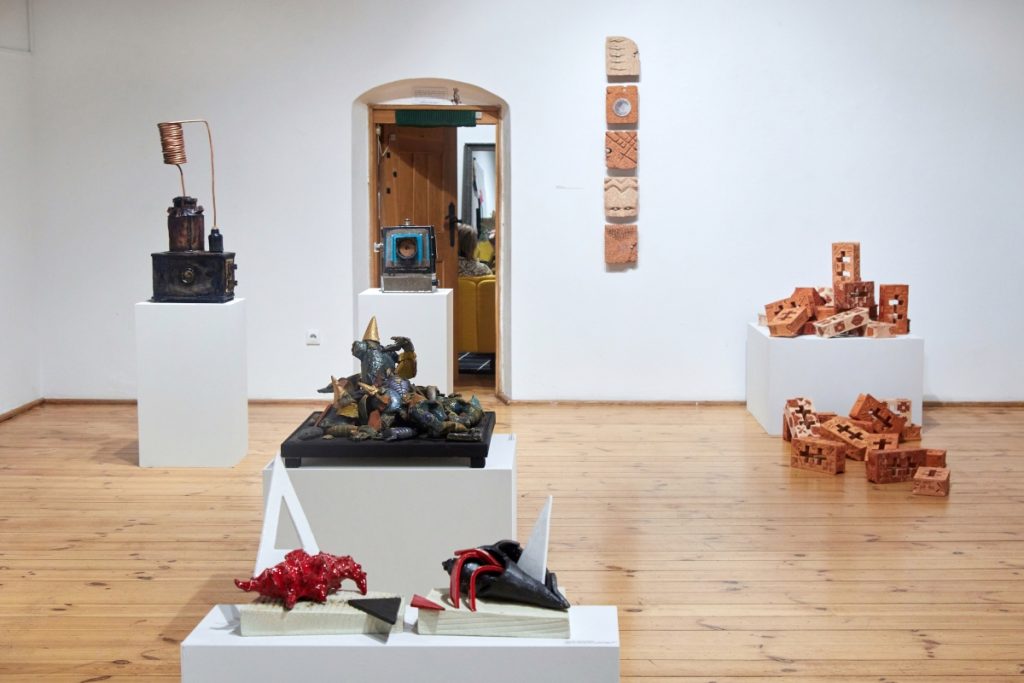
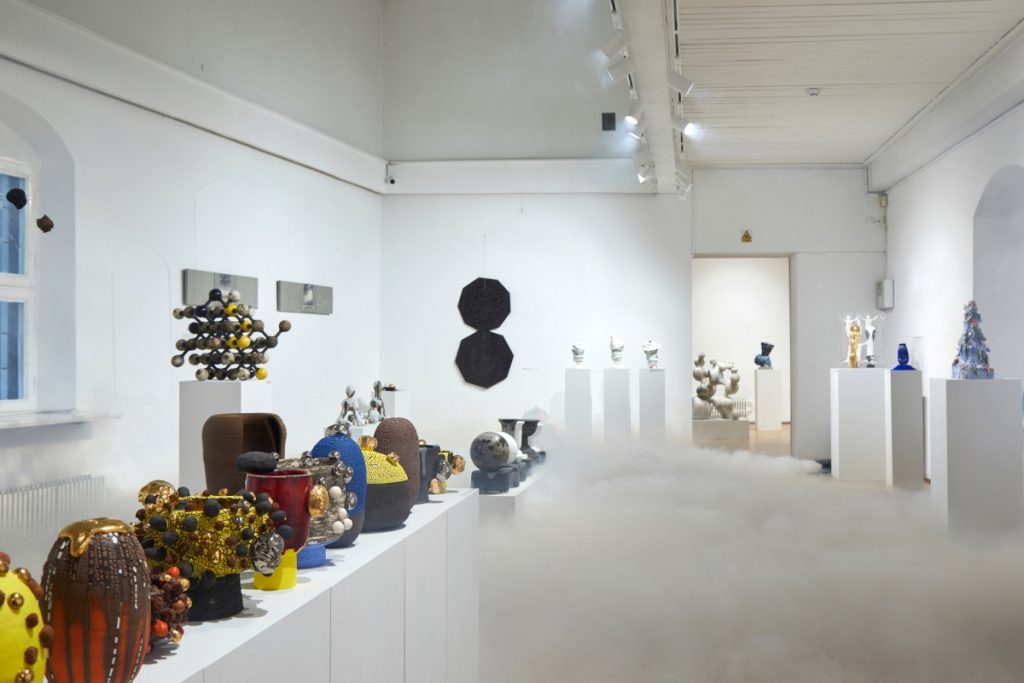
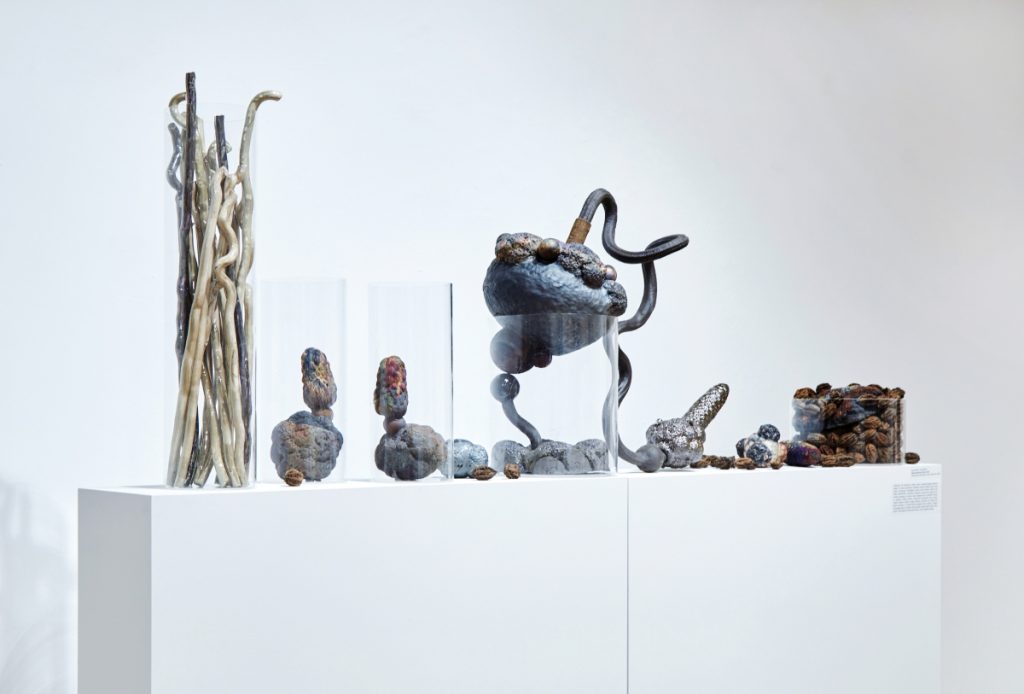
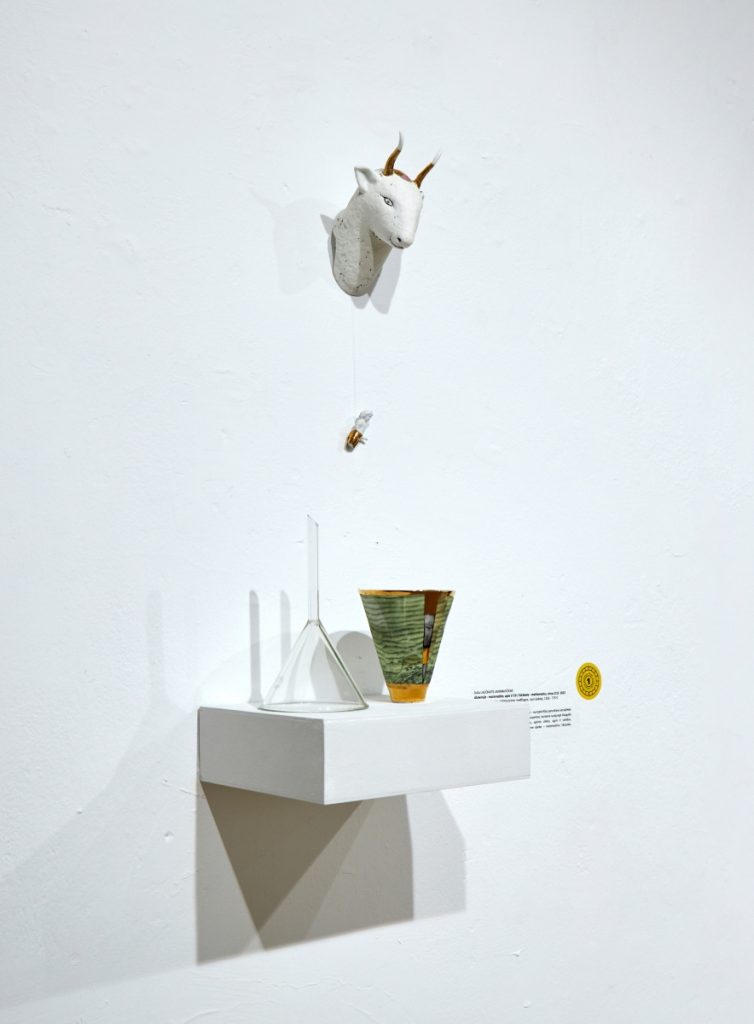
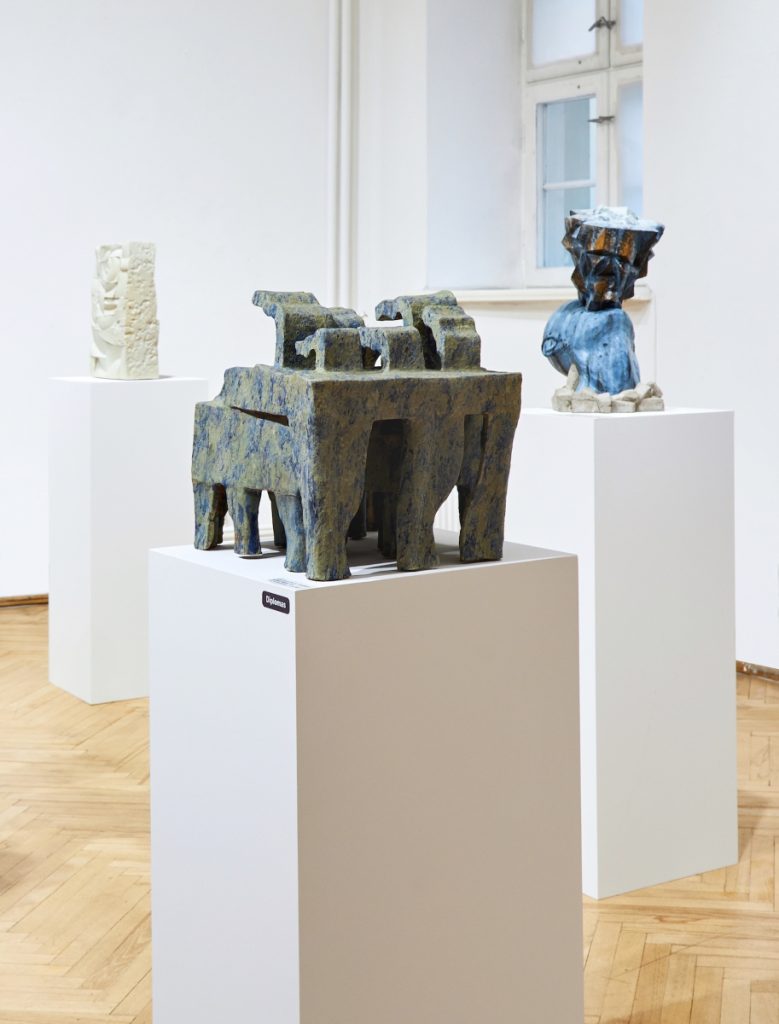
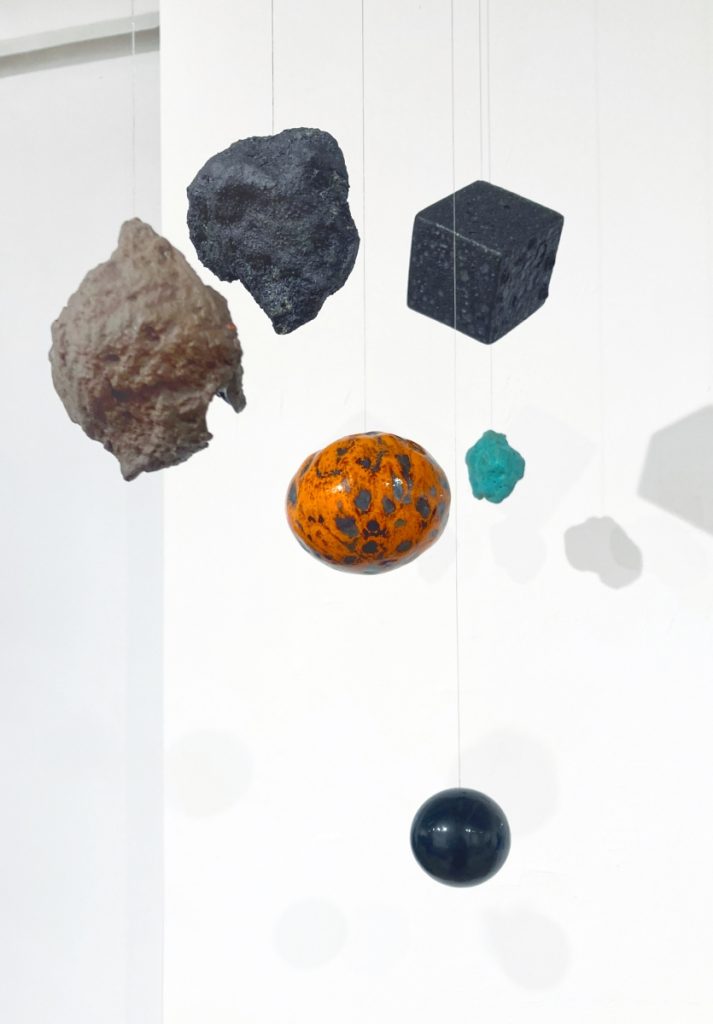
Alchemy, scientia immutabilis, a branch of chemical research, is aimed at turning base metals into precious ones. Alchemy is surrounded by a veil of impossibility, behind which a battle with death occurs. Trying to overcome it, alchemists looked for ways to create long-lasting gold and substances that would help cure all diseases and stop human aging processes. Although they failed to achieve all these metaphysical goals, certain discoveries contributed to the science of chemistry.
In today’s world, art is becoming homogenous, looking for ways to describe best what is so difficult to express verbally. Being inherently interdisciplinary, ceramics is increasingly being used by artists from other fields: painters, sculptors, photographers, multidisciplinary artists, and even musicians or film directors. However, to embody your thought or a feeling that is difficult to describe in words, to create not only repetition but also something new, you must first have an excellent knowledge of the processes of ceramics as a chemical field of art—the interaction of materials and combustion, a variety of nuances.
The 7th Vilnius Biennial of Ceramic Art features 45 ceramists. They are well-known Lithuanian and foreign artists, revealing how different generations and environments can not only distance themselves from each other but also synergize. Guided by this year’s alchemy theme, the biennial artists interpreted it widely. Some emphasize scientific, technological, and stylistic experiments, the complexity and materiality of the nature of ceramics, and its interdisciplinarity. Others focus on chemical and alchemical transformations, the metaphor of transformation, change, and fluidity, trying to control not only clay, porcelain, stone mass or fireclay but also to give shape to time. They focus on life that feeds on rain, water, or blood and exists because of them.
Fusion, change, and transformation are characteristic not only of the ceramics field but also of the environment in which we live. The last exhibition of the biennial, which took place in the first year of the pandemic, now takes place in a time of war, humanitarian and economic crisis. Environmentally sensitive and observant artists also turn to (AT), i.e., alternative time that temporarily but crushingly destroys the illusion of peace and inviolability, forcing you to rethink your values, limitations, and fragility in the context of personal and global environment.
Time is fragile; maybe that’s why we try so hard to capture its every moment. From Marija Gimbutienė’s sculptures of Old Europe, Kazakh petroglyphs and Egyptian hieroglyphs, ancient Greek, Sumerian, Nazca, Navajo, Siberian, or other peoples’ jewelry… in the folds of our Earth, time is measured by stones and rocks. Human history – shaped on or from the earth – is carved with emotion and thought. The monumental symbol remains when everything else that is human crumbles.
The Vilnius Biennial of Ceramic Art, an important tradition, brought Lithuanian ceramics professionals and viewers to rethink the concept of time for the 7th time. A feeling hidden for a long time turns into a thought. A thought comes to a person’s mind. The mind and hands once again fight with the earth, water, air, and fire. The form of ceramics, the carving, again and again, becomes a witness – a monument to nature, human and history’s change.
Article by art critic Kamilė Pirštelytė.
Photos by Vetre Antanaviciute.
The biennale exhibition took place at Galerija Arka in Vilnius between November 11 – December 10, 2022.
Participating artists: Mingailė Mikelėnaitė, Giedrius Mazūras, Daina Vanagaitė Belžakienė, Stefanija Paukštytė, Gvidas Raudonius, Milena Pirštelienė, Algimantas Patamsis, Eglė Einikytė-Narkevičienė, Dalia Laučkaitė-Jakimavičienė, Rima Leipuvienė, Jovita Laurušaitė, Ona Rūta Tamuliūnienė, Virginija Juršienė, Valdas Kurklietis, Dalia Gineitė, Agnė Kondrataitė, Danutė Garlavičienė, Lida Kuzmienė, Rasa Justaitė – Gecevičienė, Laima Bazienė, Giedrė Baltakytė, Arvydas Poška, Vida Juškaitė, Marta Žuravskaja, Jurgita Jasinskaitė, Viktorija Bitinaitė – Stankevičienė, Eglė Maskaliūnaitė – Butkuvienė, Valdas Pukevičius, Ilona Junevičienė, Virginija Armonavičiūtė, Audrius Janušonis, Saulius Jankauskas, Aldona Jonuškaitė – Šaltenienė, Jolanta Kvašytė, Indrė Dikavičiūtė, Kristina Ancutaitė, Agnė Šemberaitė, Laimutė Matijošaitytė – Martinkienė, Rūta Indriūnaitė, Beatričė Kelerienė, Egidijus Radvenskas, Danutė Jazgevičiūtė, Remigijus Sederevičius, Monika Patuszynska
Artistic director: Agnė Šemberaitė
Coordinators: Rūta Šipalytė, Eglė Einikytė-Narkevičienė, Evelina Juncienė, Rasa Justaitė-Gecevičienė, Solveiga Gutautė, Jurga Jasinskaitė, Valdas Pukevičius.
Biennial selection committee: Rita Mikučionytė, Monika Patuszyńska, Evelina Januškaitė, Rūta Šipalytė, Rytas Jakimavičius
Author of the exhibition: Milena Pirštelienė
Organizer: Lithuanian Artists Association’s Arka Gallery
Design: Mantas Ramanauskas
The project is supported by the Lithuanian Council of Culture and the Lithuanian Artists Association
Partners: Vilnius Academy of Arts, UAB Vilniaus dailė, Polish Institute in Vilnius, UAB Brasa, UAB Domus Maria


